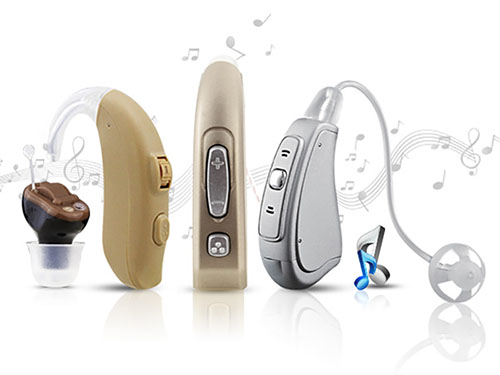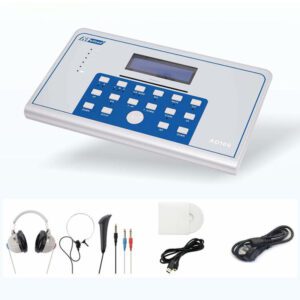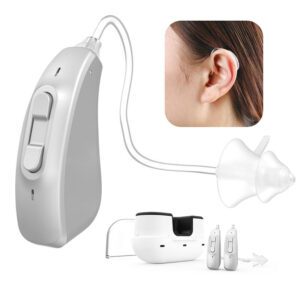
Choosing the right over-the-counter hearing aid is difficult, especially when your options are limited by product type or price.
According to the U.S. Food and Drug Administration (FDA), Americans with mild to moderate hearing impairment can now buy Hearing Aids over the counter at incredibly low prices, offering millions of more affordable devices to choose from. Previously, customers needed a prescription from an audiologist or other hearing specialist to make such purchases.
Bipartisan legislation that created the category of over-the-counter hearing aids was originally passed in 2017, but the rules just changed.
“Reducing health care costs in America has been a priority of mine since Day One and this rule is expected to help us achieve quality, affordable health care access for millions of Americans in need,” Health and Human Services Secretary Xavier Becerra said in a news release, calling the rule a “significant milestone” in making hearing aids more accessible to the public.
If you’re in the market for a new hearing aid and want to buy online, start shopping now.
How to Choose the Right Over-the-Counter Hearing Aids?
The exact number of Americans who need hearing aids is unknown. Every organization has its own way of reporting and tracking this information. However, the National Institute on Deafness and Other Communication Disorders estimate, based on data collected by the annual National Health Interview Survey (NHIS), that approximately 28.8 million American adults could benefit from using a hearing aid.
While this is not required, it is still recommended that you speak with a licensed audiologist and consider a quick medical exam to help determine your exact hearing aid needs.
In order to choose the best over-the-counter hearing aids, check out these five steps.
1. Determine the style
First, decide which style (size, type, etc.) is best for you. Do you want a completely-in-canal (CIC), in-the-canal (ITC) hearing aid, in-the-ear (ITE) hearing aid, behind-the-ear (BTE) hearing aid, receiver-in-the-canal (RIC) or receiver-in-the-ear (RITE) hearing aid, an open hearing aid or other? Double-check your selections.
Hearing aids vary widely in price, size, special features, and how they sit in your ear, and hearing aid designers have been making smaller hearing aids to meet the demand for less obtrusive hearing aids. But smaller hearing aids may not give you the hearing improvement you expect.
2. Review Features
You need to take a close look at the features and capabilities of each hearing aid, such as noise canceling, rechargeable battery, wireless connection, synchronization (if you use two hearing aids), telecoil, directional microphone, remote control, and more.
3. Ask for a trial period
This is pretty self-explanatory. Many hearing aids have a trial period where you can test the device and see if it is right for you in the long run.
4. Check the warranty
Likewise, you need to consider getting a warranty if the device breaks down or doesn’t work as expected.
5. Compare costs
Finally, the cost of the equipment still needs to be considered. You don’t want your hearing aids to break the bank. Make sure to shop around and do your research. Compare brands, services, products, and prices to determine the best hearing aids you can afford.


